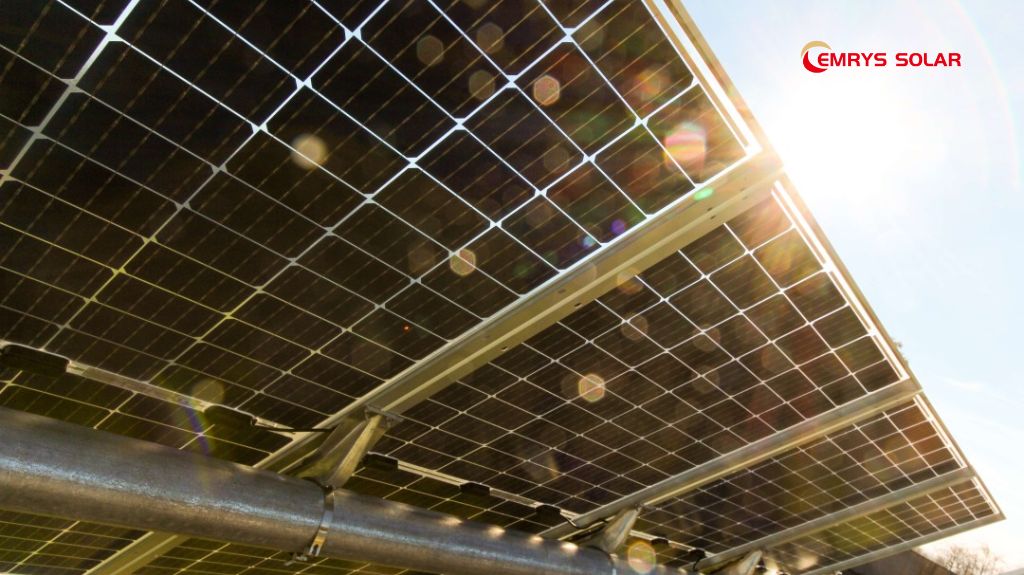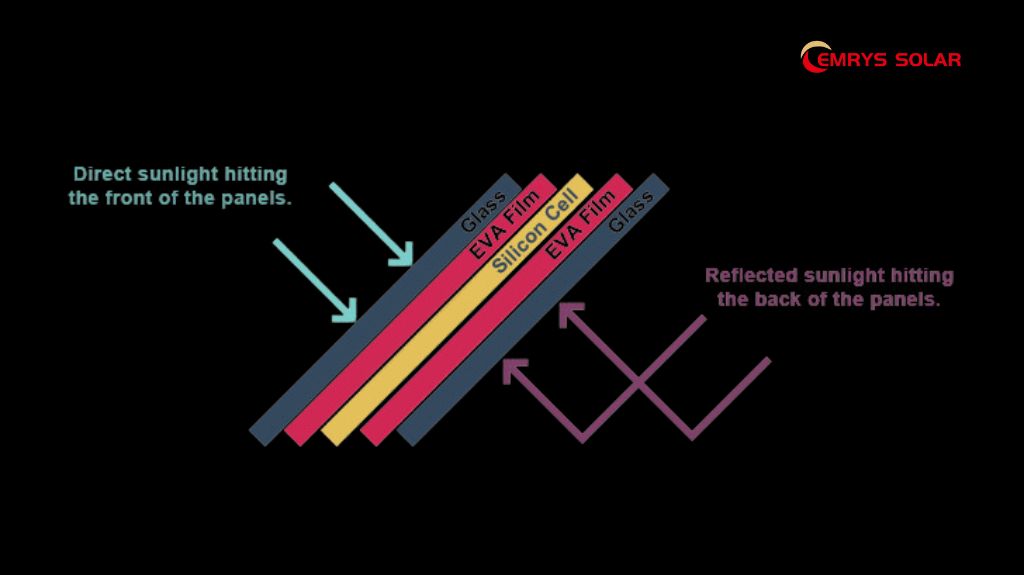The Complete Guide to Bifacial Solar Panels
27/09/2022
Bifacial solar panels are an innovative type of solar panel that can generate electricity from both sides of the panel. This technology has gained popularity in recent years due to its higher efficiency and potential for increased energy output compared to traditional solar panels. In this guide, we will cover everything you need to know about bifacial solar panels.
What are bifacial solar panels?
Bifacial solar panels are solar panels that are designed to absorb sunlight from both sides of the panel. This means that the panel can generate electricity not only from the front side, but also from the back side, which reflects sunlight.

How do bifacial solar panels work?
Bifacial solar panels work by absorbing sunlight from both the front and back sides of the panel. The front side of the panel absorbs direct sunlight, while the back side of the panel absorbs reflected sunlight. The back side of the panel is coated with a material that reflects sunlight onto the solar cells, increasing their efficiency.
What are the advantages of bifacial solar panels?
There are several advantages to using bifacial solar panels:
Higher energy output: Bifacial solar panels can generate more electricity than traditional solar panels because they can absorb sunlight from both sides.
More efficient: Bifacial solar panels have higher efficiency than traditional solar panels because they can capture more sunlight.
Lower costs: Bifacial solar panels can lower costs because they require fewer panels to produce the same amount of electricity as traditional solar panels.

What are the applications of bifacial solar panels?
Bifacial solar panels are ideal for a wide range of applications, including:
Ground-mounted solar farms
Rooftop solar installations
Carports and shade structures
Vertical installations on walls or fences
Floating solar installations on water bodies
What are the challenges of bifacial solar panels?
There are a few challenges associated with bifacial solar panels:
Installation: Bifacial solar panels require a special mounting system that allows light to reach both sides of the panel.
Soiling: Bifacial solar panels can be more susceptible to soiling because they have two surfaces that can accumulate dust and dirt.
Shading: Bifacial solar panels are more sensitive to shading because any shading on the back side of the panel can significantly reduce its energy output.
How to design a bifacial solar panel system?
To design a bifacial solar panel system, you will need to consider several factors, including:
Site analysis: Analyze the site to determine the amount of sunlight available and potential shading issues.
Orientation: Determine the optimal orientation for the solar panels to maximize their exposure to sunlight.
Mounting system: Select a mounting system that allows light to reach both sides of the panels.
Inverter: Choose an inverter that is compatible with bifacial solar panels.
Maintenance: Develop a maintenance plan to keep the panels clean and functioning properly.
Conclusion
Bifacial solar panels are an innovative technology that can increase the efficiency and energy output of solar panel systems. They are ideal for a wide range of applications, but also present some unique challenges that need to be considered during the design and installation process. By understanding the advantages and challenges of bifacial solar panels, you can make informed decisions about incorporating this technology into your solar panel system.
